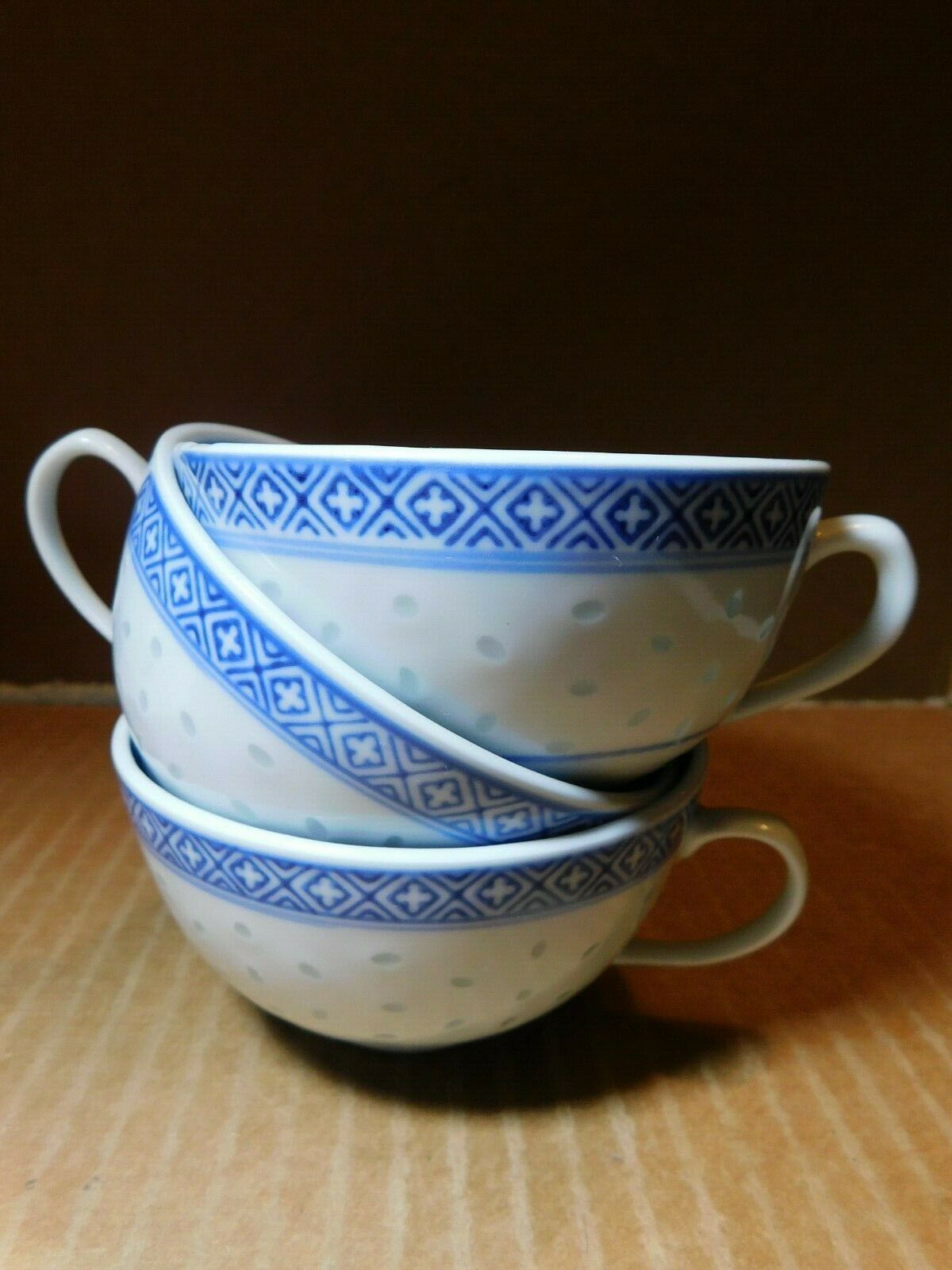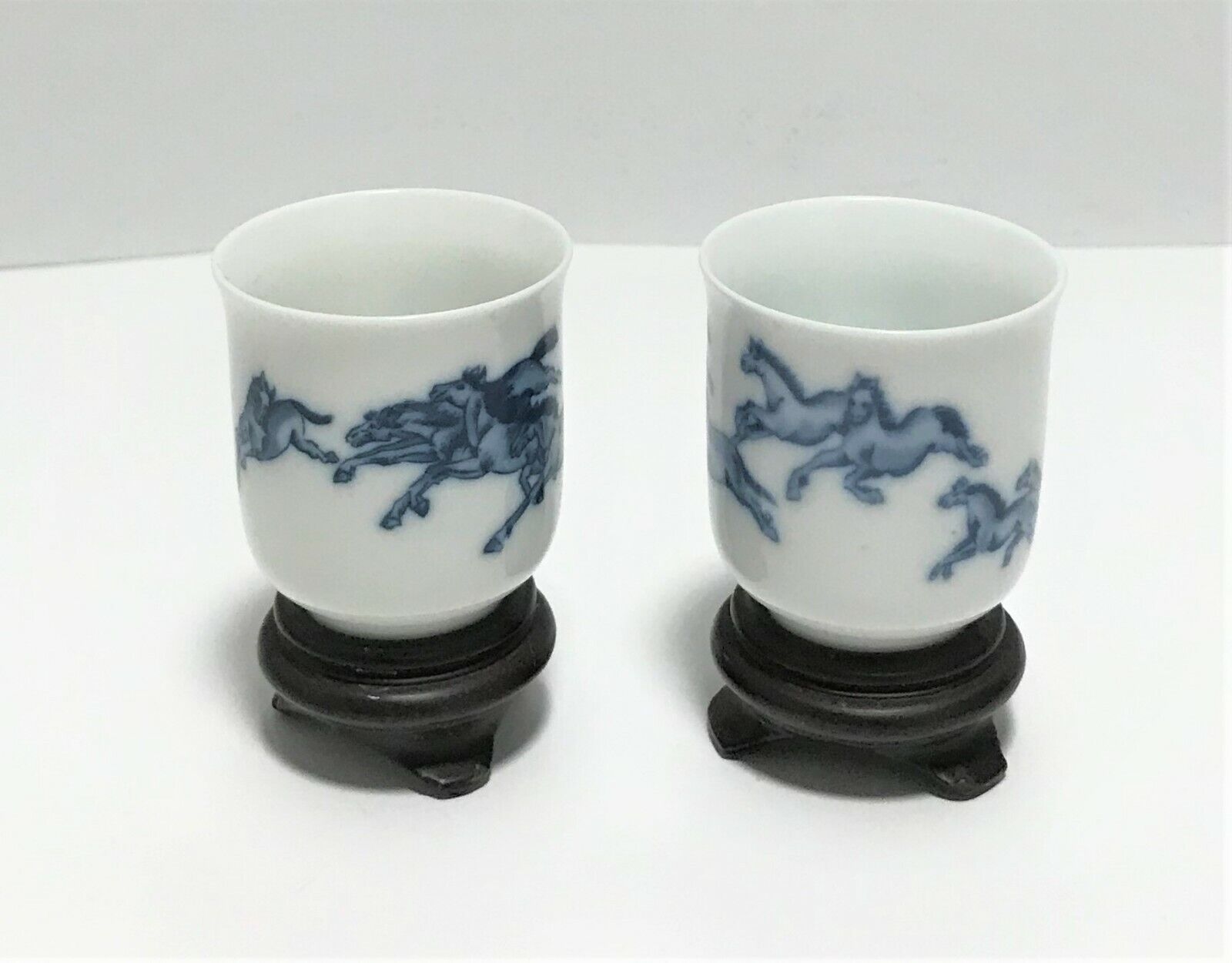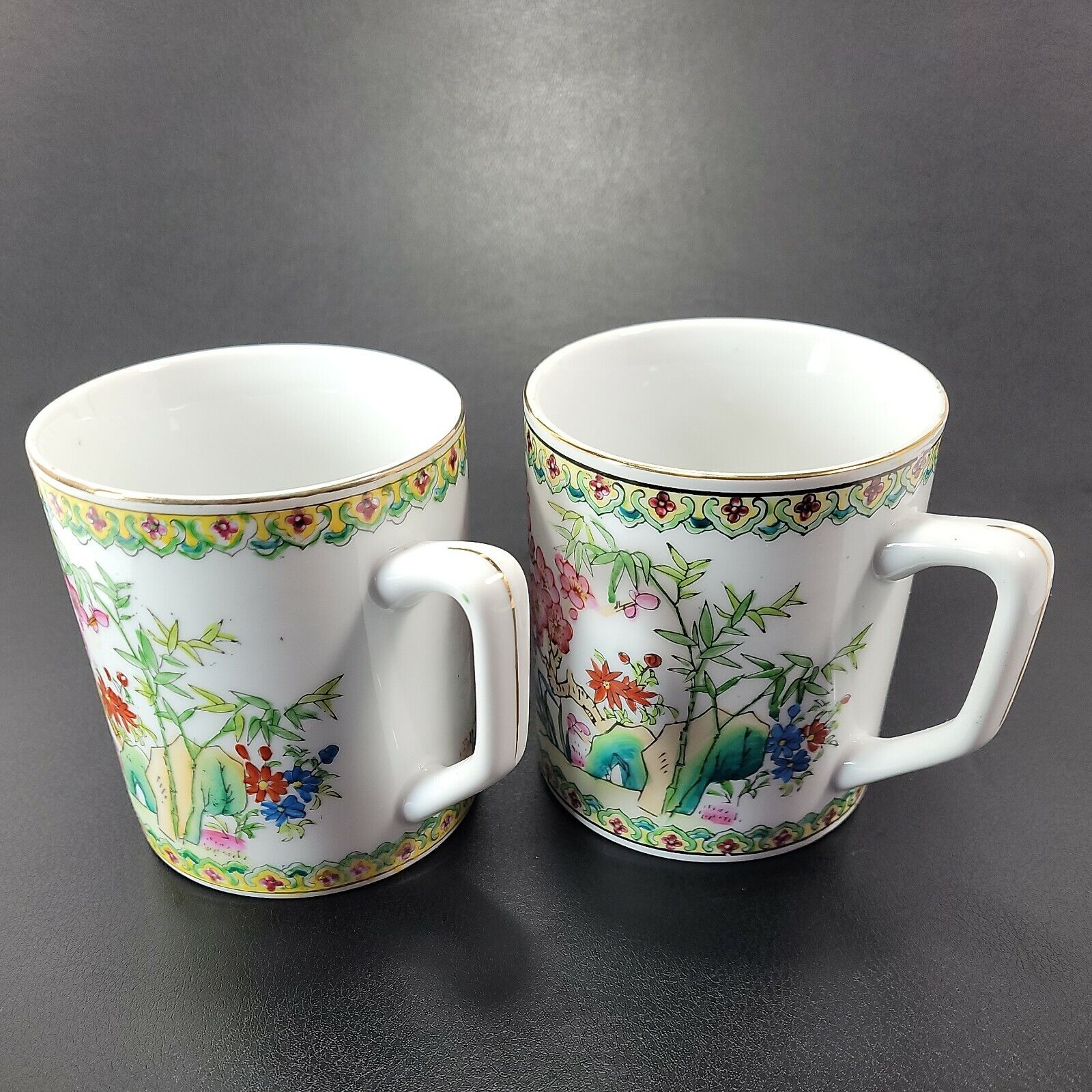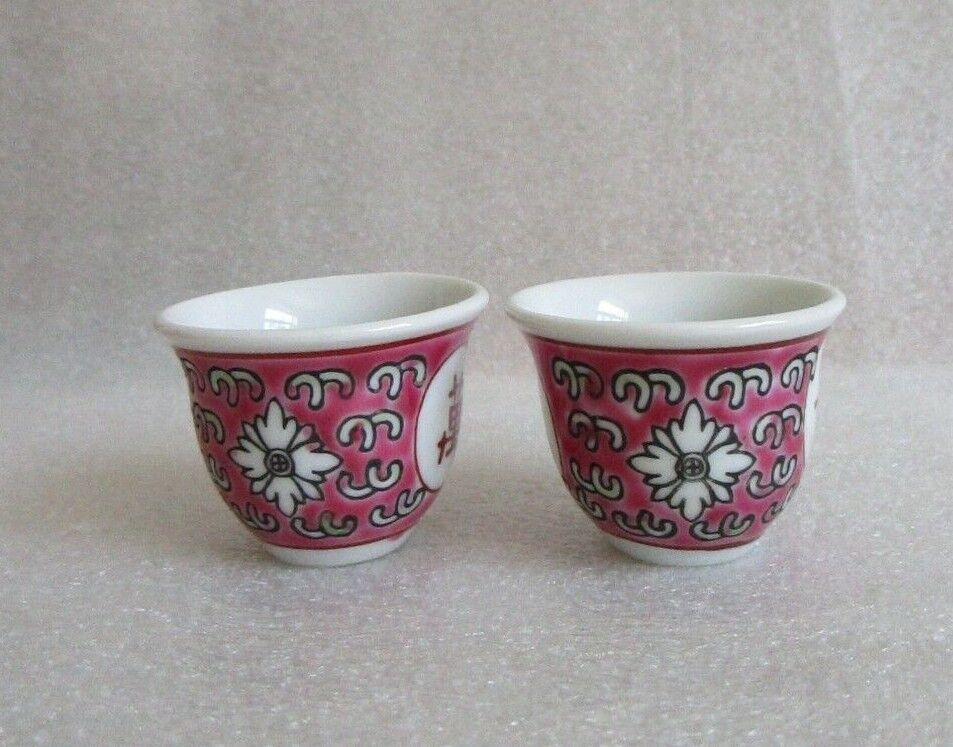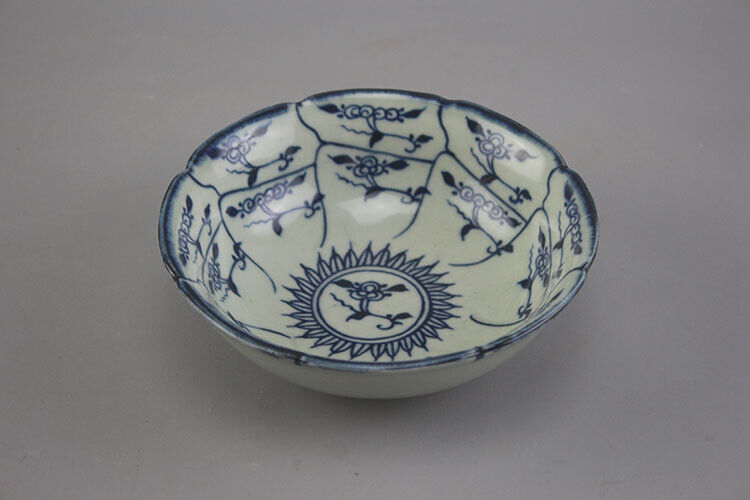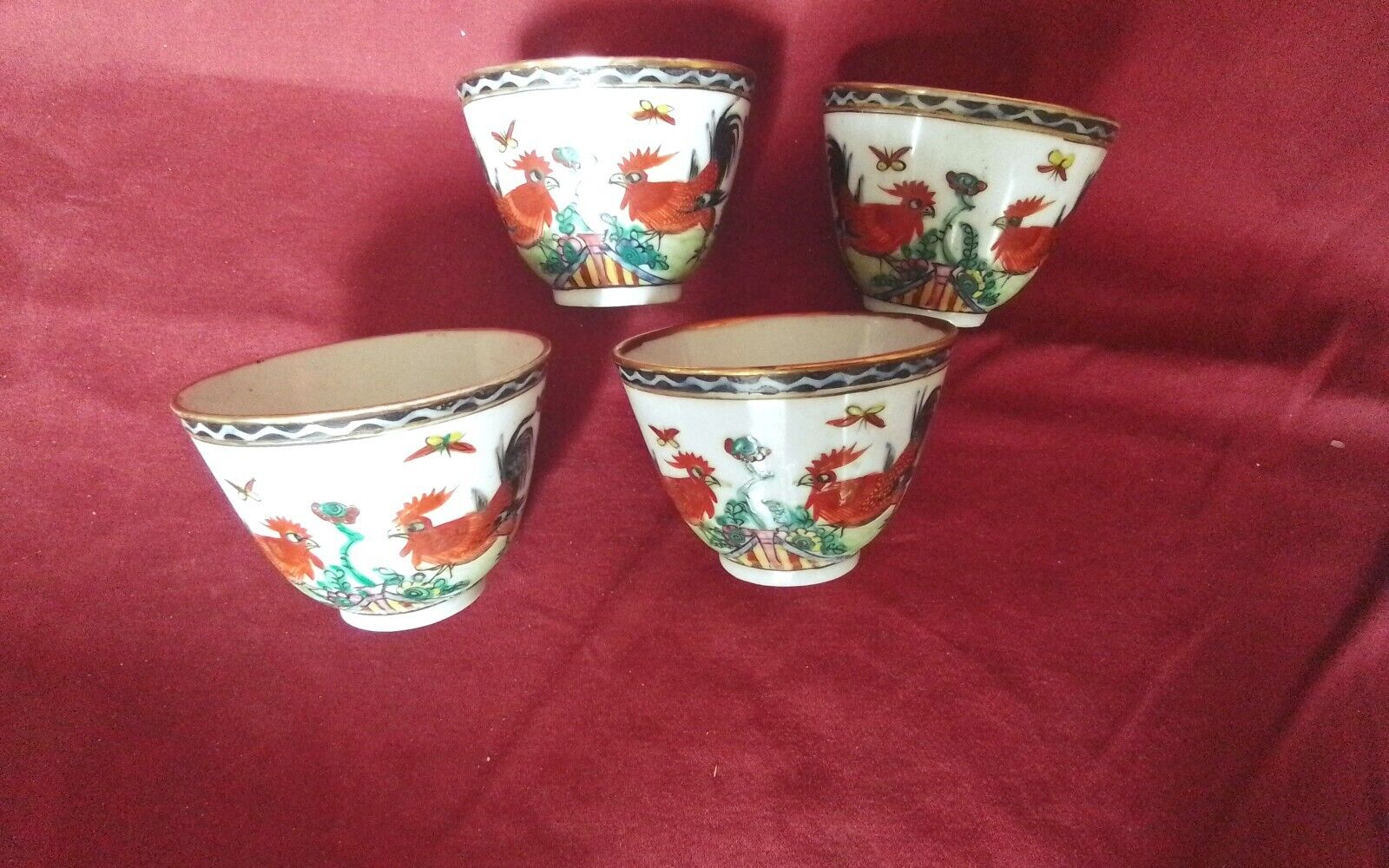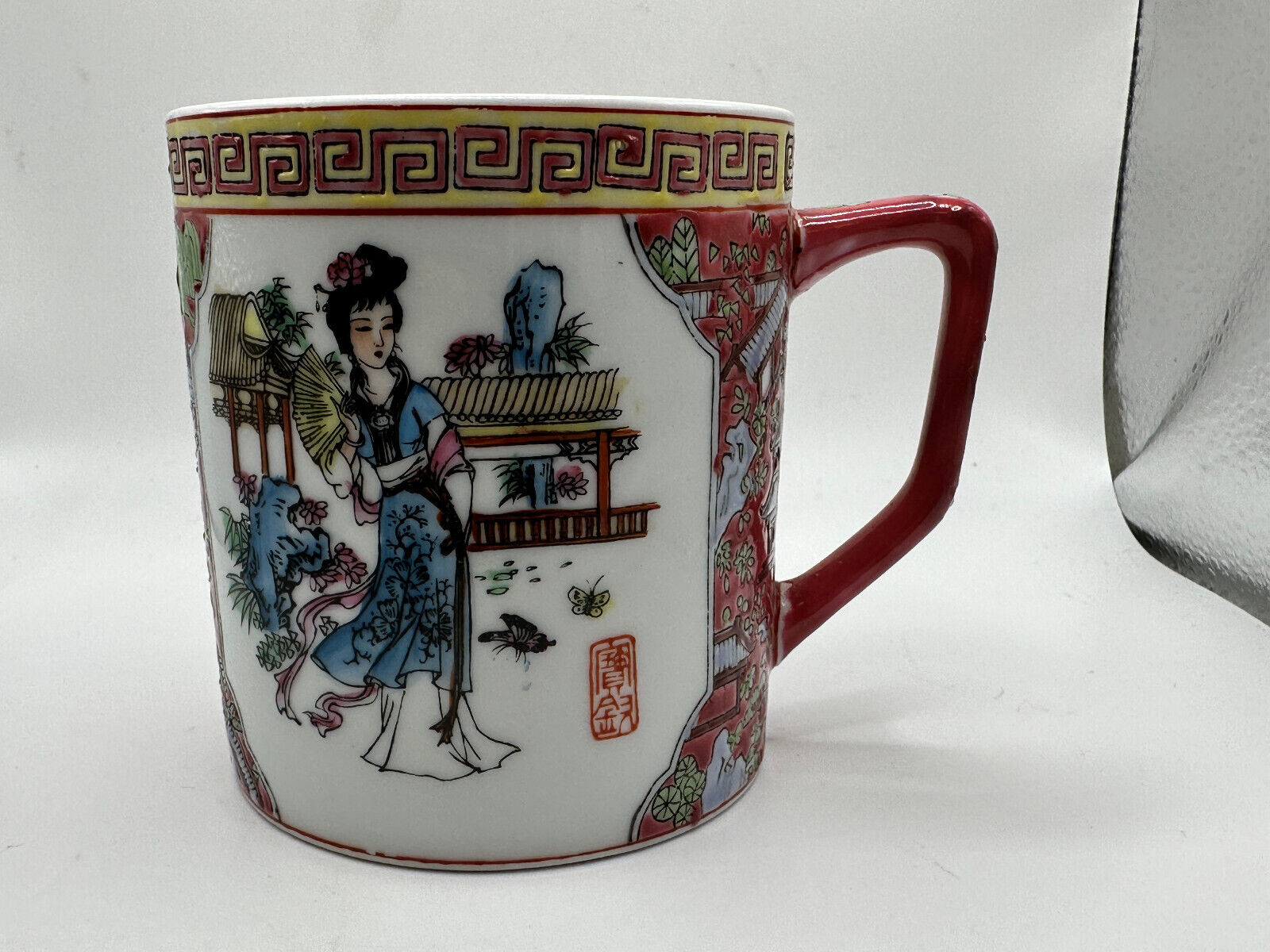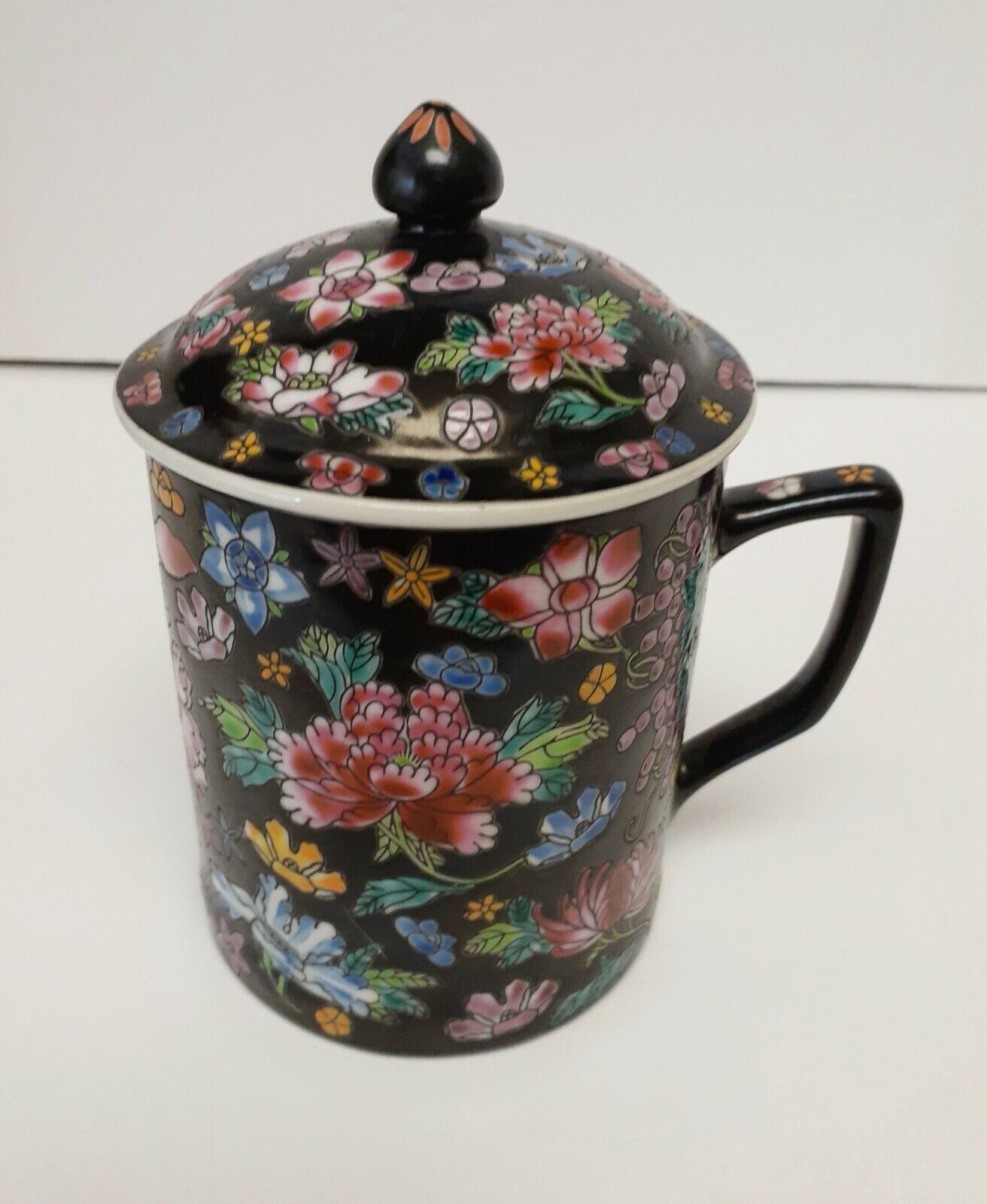-40%
CS~JingDeZhen Chinese Rice Grain Eyes Set of 3 Cups Only
$ 12.14
- Description
- Size Guide
Description
Cups are in good vintage condition. Cups are the traditional blue and white with the pierced walls that are translucent. I decorated with chrysanthemum flowers. These cups are a great addition to any home or collection. ”Rice grain” is a name of a technique rather than actual rice grains. To make this kind of decoration the holes are pierced through the rather thick walls of the rough and unfired porcelain and the holes are then filled with translucent glaze. When the whole thing have solidified together the walls are thinned down manually in thickness until the walls are as thin as the potter dares to make them.This rice eye or rice grain pattern on the piece(s) has deep roots in Chinese history. It was made in JingDeZhen, China, the porcelain capital of the world. The artistry of its ceramic masters is famous. Based on the hand stamped ink on the bottom of the piece(s). This was most likely produced in the 1970s - 1980s. When you hold the piece(s) up to the light, the rice "eyes" or grains let the light through (see photos, it's stunning). The history combined with the artistry and beauty makes this wonderful piece(s) to own. It is in great shape with the exception of needing a good wash from being stored.
It is called the ‘Rice Grain’ pattern, a misnomer because it was thought for many years that the rice shaped translucent elements which characterize this pattern were made by inserting rice grains into the clay before glazing and firing. This is not the actual method of manufacture. The ‘rice’ shapes were made by carefully cutting out pieces from the porcelain and, when glazed, created this characteristic translucency."
